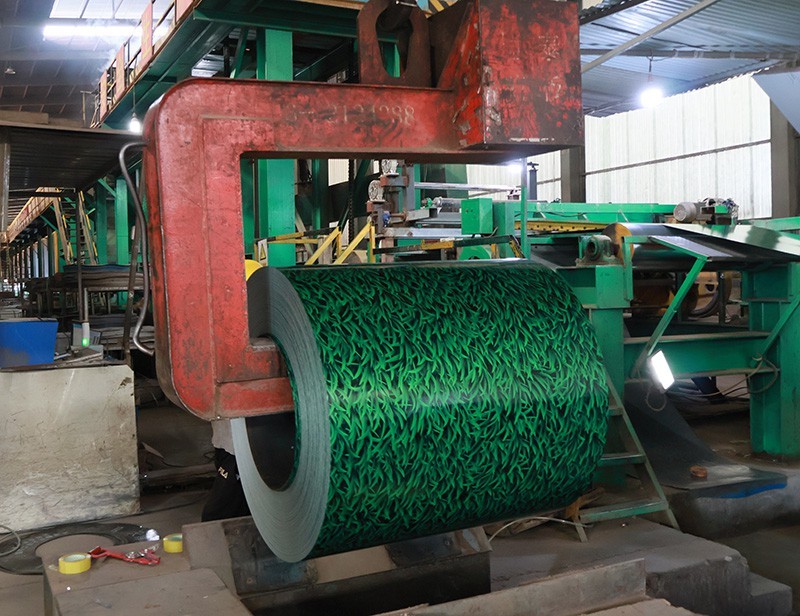The selection of fence plates is an important decision-making process that involves multiple aspects such as construction site safety, environmental protection, and project image. Here are some key shopping tips to help you make informed choices:
1. Clear requirements
1. Operating environment: Choose the appropriate type of fence plate on the specific environment of the construction site, such as terrain, climate, traffic conditions, etc. For example, in areas with frequent wind and rain, corrosion-resistant and wind resistant enclosures should be selected.
2. Safety requirements: Evaluate the safety risks at the construction site and ensure that the selected enclosure meets the corresponding safety protection requirements. Height, stability, and collision resistance are all factors that need to be considered.
3. Aesthetics and Environmental Protection: Considering the aesthetics and environmental performance of the fence plate, choose products with colors and patterns that are coordinated with the surrounding environment, while ensuring that the materials meet environmental standards.

2. Material selection
The materials of the fence plate are diverse, such as color steel plates PVC、 Sandwich panels, metals, etc. Different materials have different characteristics and applicable scenarios:
1. Color steel plate fence: lightweight, easy to install, suitable for short-term or temporary projects.
2. PVC fence plate: corrosion-resistant, easy to clean, suitable for long-term or environmentally demanding projects.
3. Sandwich panel enclosure: It has good sound insulation and heat insulation effects, and is suitable for places with requirements for noise and temperature control.
4. Metal fence: high strength, good durability, suitable for large construction sites or long-term projects.
3. Quality assessment
1. Check the appearance: The surface of the fence plate should be flat, free of rust, damage, and uniform in color.
2. Performance testing: Through on-site testing or reviewing the product manual, understand the wind pressure resistance, collision resistance, sound insulation and other performance of the enclosure.
3. Understand production technology: Choose manufacturers with advanced production technology and strict quality control to ensure reliable product quality.
4. Price and cost-effectiveness
1. Compare prices: Compare prices from different suppliers based on the selected material, specifications, and brand to ensure reasonable prices.
2. Evaluate cost-effectiveness: Taking into account factors such as the quality, performance, price, and after-sales service of the fence plate, evaluate cost-effectiveness and choose products with high cost-effectiveness.
5. After sales service
1. Understand the service content: Inquire about the after-sales service provided by the supplier, such as installation guidance, maintenance, etc.
2. Assessing service capabilities: Evaluate the size, technical level, and response time of the supplier's service team to ensure timely and effective support when needed.
In summary, the selection of fence plates requires comprehensive consideration of multiple aspects such as usage environment, safety requirements, aesthetics and environmental protection, material selection, quality evaluation, price and cost-effectiveness, and after-sales service. By careful comparison and evaluation, choose the most suitable enclosure product for your needs.
 Language
▼
Language
▼
